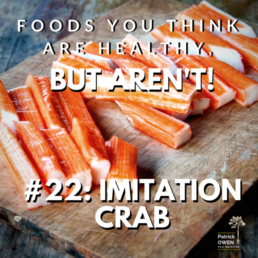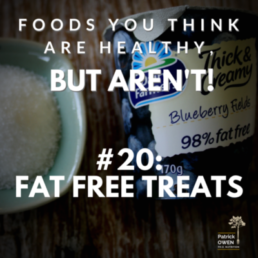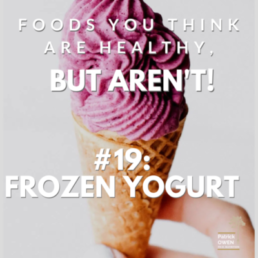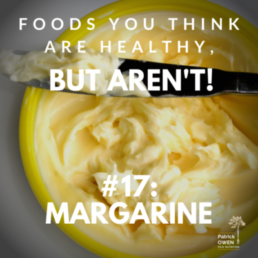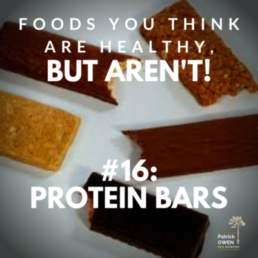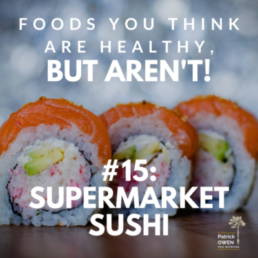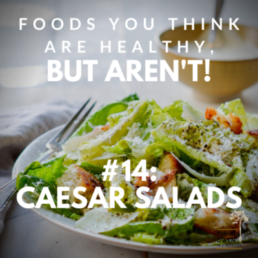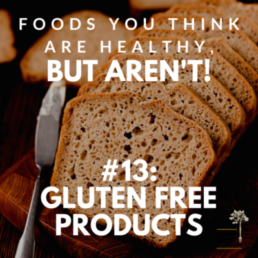 WHY WE AVOID IT:
WHY WE AVOID IT:
They smell fishy and they come in a can. Chances are you turned your nose up at it and walked away. No way will you pop anything in your mouth that still has eyes.
WHY WE SHOULD EAT IT:
Bad move. Sardines are one of the most concentrated sources of DHA and EPA, both omega-3 fatty acids. That may not be groundbreaking news, but they are also an excellent source of vitamin D, a fat-soluble essential vitamin that optimizes calcium metabolism and bone health.
⠀⠀⠀⠀⠀⠀⠀⠀⠀
And calcium is found in excellent quantities in sardines, especially those with the soft, chewy, tiny bones still intact. Bone health is further supported by the high levels of phosphorus in sardines, a mineral important in strengthening the bone matrix. The tiny guys are also an excellent source of vitamin B12, which promotes cardiovascular health as it is directly involved in keeping homocysteine levels normal.
⠀⠀⠀⠀⠀⠀⠀⠀⠀
High homocysteine levels can damage artery walls and are an independent risk factor for heart disease. The high levels of selenium in sardines have been associated with reduced risk of cancer and can protect us from any mercury contamination that may occur. But because they’re so small and low on the food chain, they don’t accumulate toxins like the bigger fish do. Plus, they’re one of the most sustainable fish around and reproduce quickly. If you’re working out regularly, you might be interested in eating more sardines. They’re packed with high-quality protein. Fortunately, they come packed in a tin can so you can slip one in your gym bag. Just don’t eat it in the middle of the gym.
